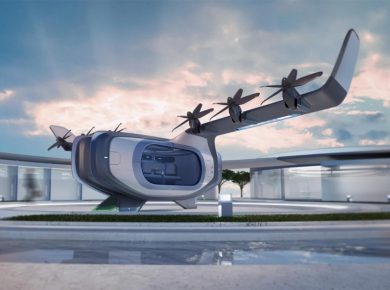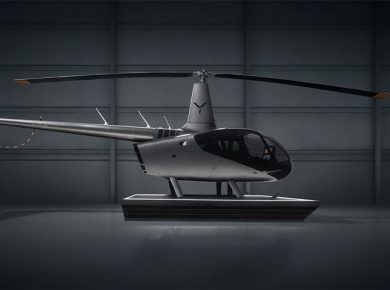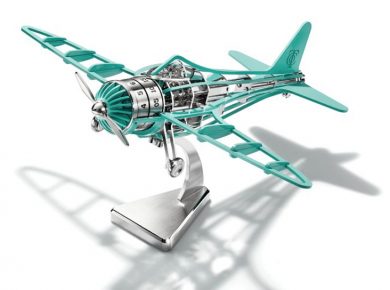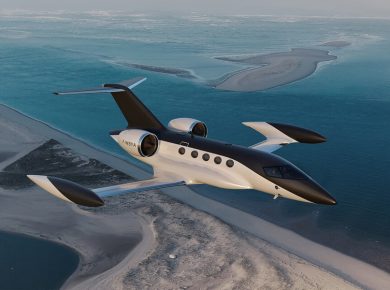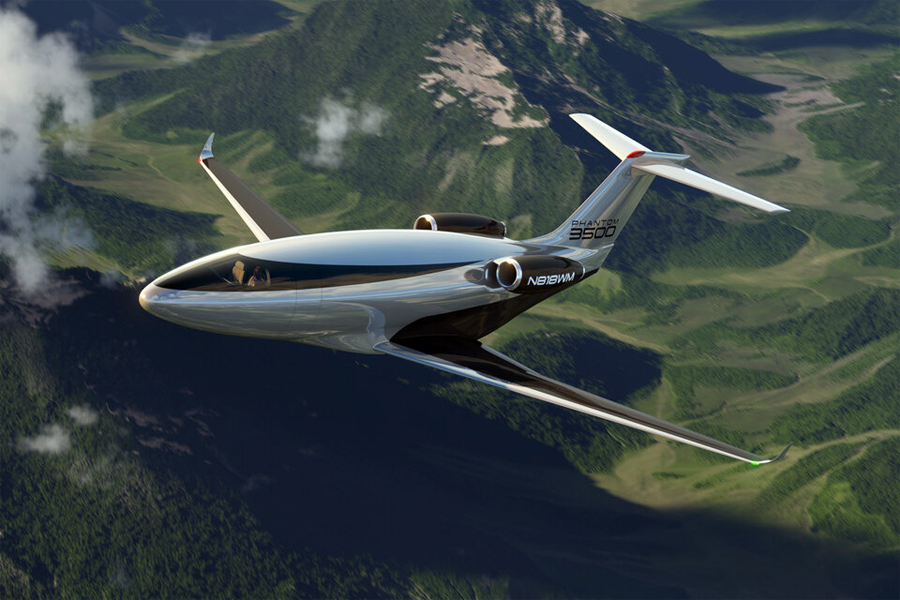
Otto Aviation is throwing conventional aircraft design out the window – literally. The company’s newest project, the Phantom 3500, is a bold reimagination of the business jet, ditching traditional portholes in favor of immersive high-definition digital screens. But this isn’t just a flashy gimmick for tech lovers. It’s a deliberate, deeply engineered move aimed at slashing drag, fuel burn, and emissions – all without compromising comfort.
Engineers have long resented windows. They weaken the fuselage, increase weight, and disrupt the laminar flow that aircraft designers obsess over. Otto’s solution? Eliminate them. In their place, the Phantom 3500 features seamless wraparound screens that broadcast real-time exterior views across both cabin walls and even the ceiling. The result is a virtual panorama that’s more immersive than a porthole and far less structurally problematic.

The windowless design is part of a broader aerodynamic overhaul. The Phantom 3500’s fuselage is crafted with high-precision carbon-fiber materials that enable sustained laminar flow – smooth, uninterrupted air movement across the aircraft’s surface. This drastically reduces drag and improves overall fuel efficiency. Otto estimates a 35% fuel savings compared to traditional jets, with some projections reaching as high as 50%. Emissions could drop by up to 80%, according to the company.

The aircraft is powered by twin turbofan engines and cruises at an altitude of 51,000 feet – higher than most commercial airliners. With a projected range of over 3,600 miles and a luxurious 800-cubic-foot cabin, the Phantom 3500 targets elite travelers looking for a quieter, smoother, and more sustainable ride. Short, wide wings also allow it to operate from runways under 3,500 feet, expanding access to smaller airports and regional hubs.

Flight testing is expected to begin in 2027 following a design review in late 2025. If all goes to plan, the jet will enter service by 2030.
The Phantom 3500 is part of a new era in aviation, one that prioritizes performance and sustainability without sacrificing the passenger experience. And while some may miss the charm of a window seat, Otto Aviation is betting that panoramic digital skies will feel like an upgrade – not a compromise.

